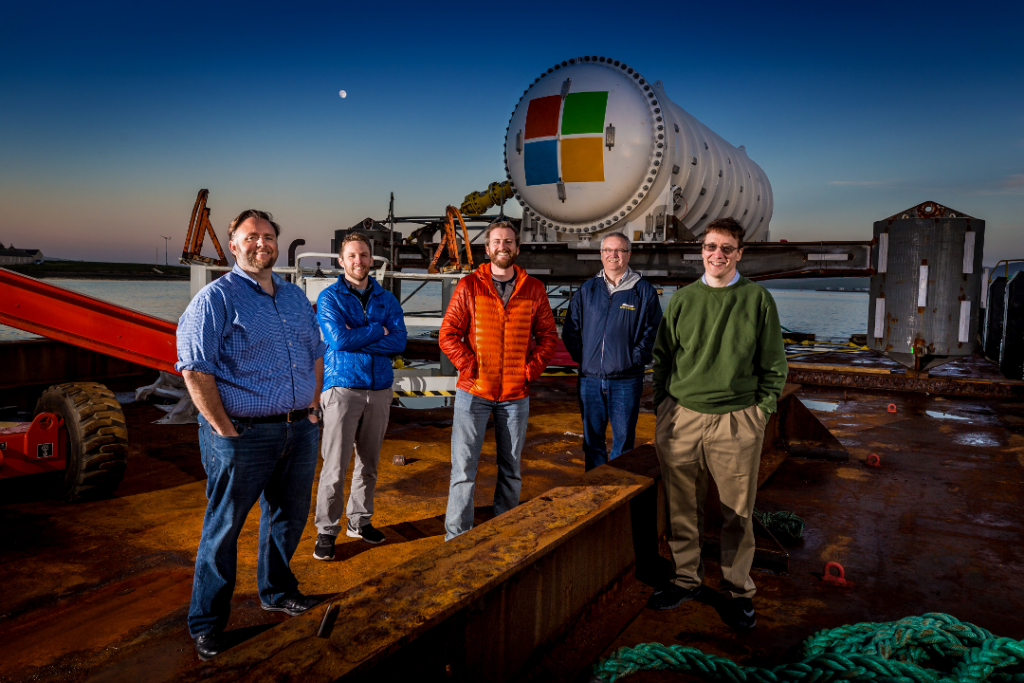It may sound like something out of a Steven Spielberg movie, but these days, when it comes to tech, the line between fiction and reality is becoming increasingly blurred.
The plot for this movie? Running a data center underwater. The mastermind behind this new initiative dubbed ‘Project Natick’ is Microsoft, who’s rationale is that 50% of the world’s population live by the coast, so why doesn’t our data? And it’s true, there is exponential demand for data center resources to support cloud computing, machine learning and AI, AR and VR and smart devices. This demand is only going to grow.
Microsoft’s Project Natick aims to determine the challenges and benefits of deploying a data center under the sea. They currently hypothesize that the benefits to customers, should this become feasible, would be:
- Rapid deployment; the whole process would take no more than 90 days, enough to meet increasing market demand.
- Latency; locating data centers nearer to half of the world’s population will increase responsiveness and efficiency.
- Sustainability; the data center would be made from recycled material, which would also be recycled at end of life, as well as harness local 100% renewable energy sources from wind, solar, ride and wave.
Located just off the Orkney Islands near Scotland, the current 40-foot long prototype is loaded with 12 racks and 864 servers. According to Microsoft, it’s ‘as powerful as several thousand high end consumer PCs and has enough storage for about 5 million movies’.
Microsoft’s Ben Cutler said “This is a crazy experiment that I hope will turn into reality” he said. “But this is a research project right now – and one reason we do different types of research into data centres is to learn what makes sense before we decide to take it to a larger scale.”
The project team will monitor the data center for the next 5 years to analyse whether it’s possible to bring this extraordinary concept to market. We are truly excited to learn the results, as this could have a huge impact on data and server management as we know it.
You can find out more in the video below.





